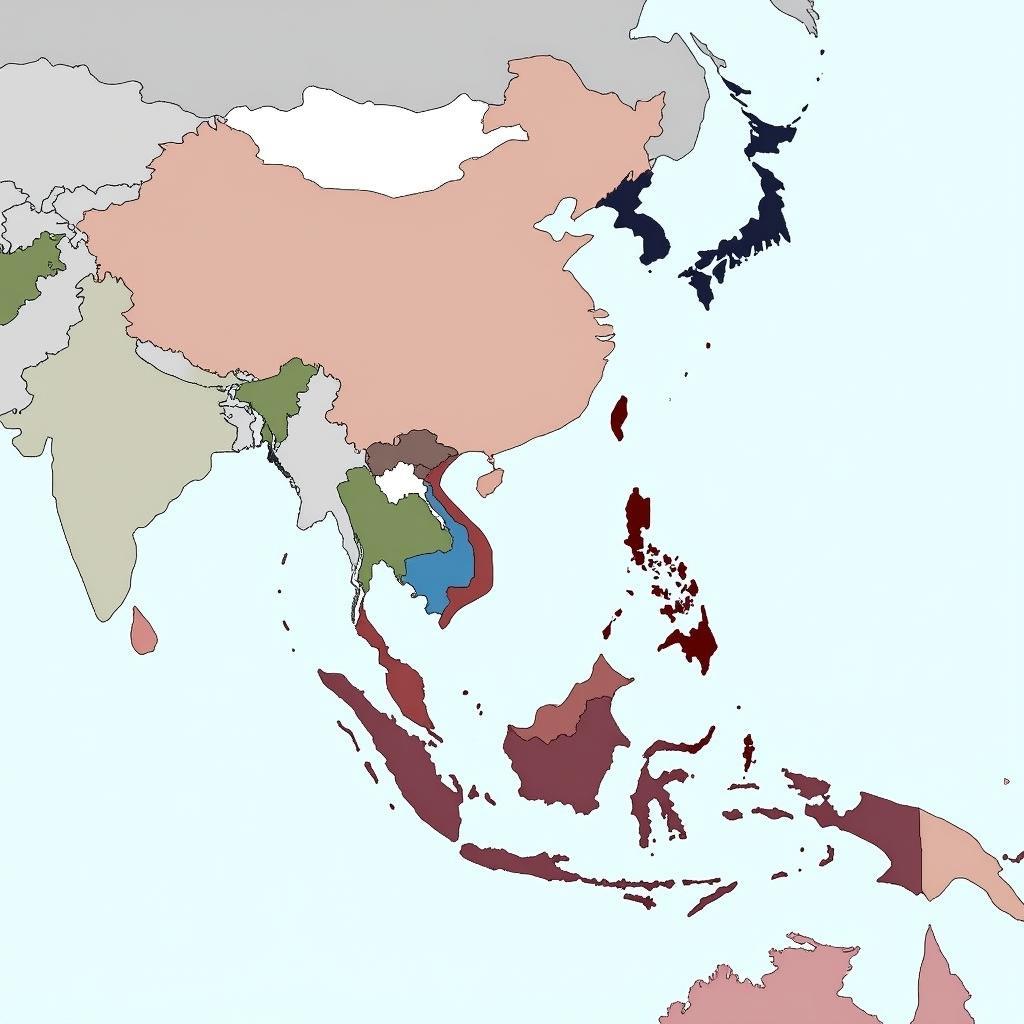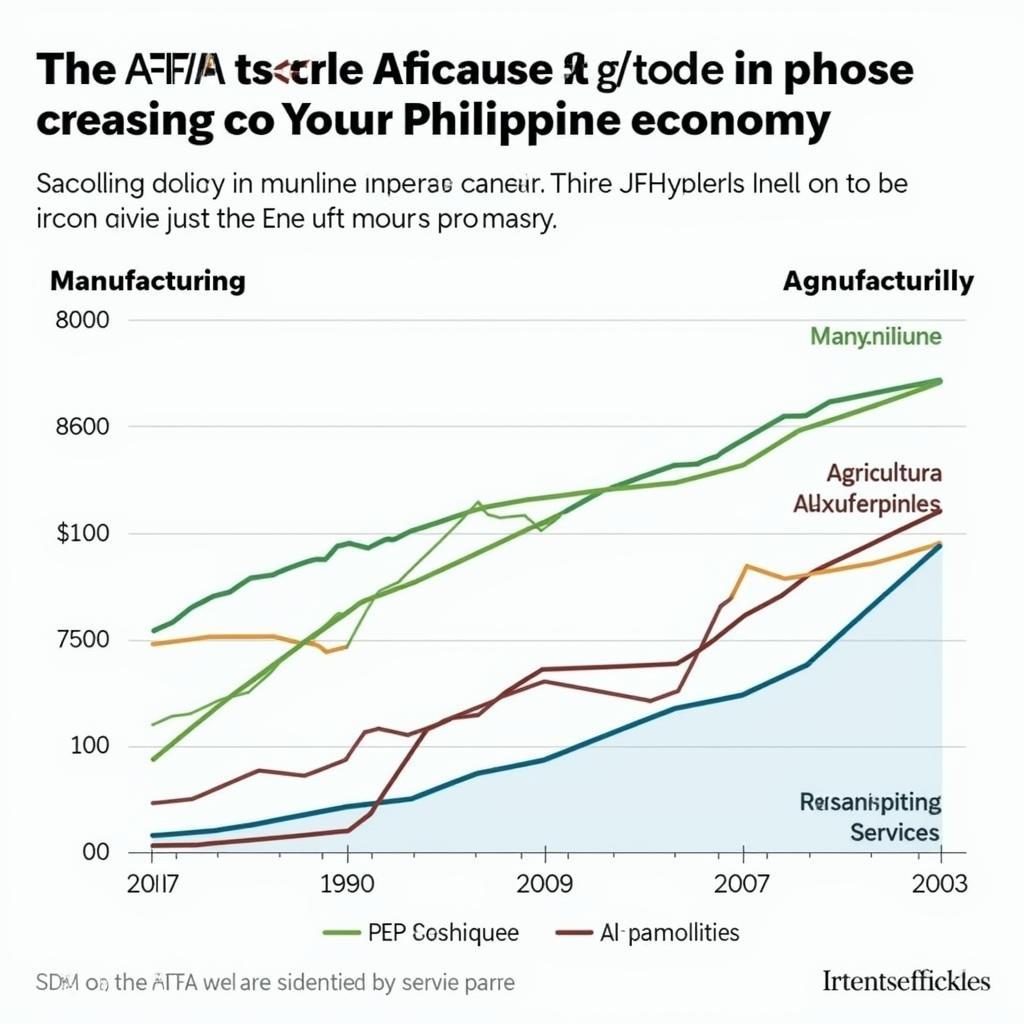ASEAN and APEC are both prominent organizations in the Asia-Pacific region, but they serve different purposes and have distinct memberships. This article explores the key differences between ASEAN and APEC, clarifying their roles in regional cooperation and global trade.
Defining ASEAN and APEC
ASEAN, the Association of Southeast Asian Nations, is a regional intergovernmental organization comprising ten Southeast Asian countries. Its primary focus is on promoting economic, political, security, military, educational, and sociocultural cooperation among its members. APEC, the Asia-Pacific Economic Cooperation, is a forum for 21 member economies spanning the Asia-Pacific region. Unlike ASEAN, APEC’s focus is solely on economic cooperation, particularly trade and investment liberalization.
 Map highlighting ASEAN and APEC member economies
Map highlighting ASEAN and APEC member economies
Membership: A Key Distinction
A core difference between ASEAN and APEC lies in their membership. ASEAN is composed of Brunei, Cambodia, Indonesia, Laos, Malaysia, Myanmar, the Philippines, Singapore, Thailand, and Vietnam. APEC’s membership is broader, including all ASEAN members plus Australia, Canada, Chile, China, Hong Kong, Japan, Mexico, New Zealand, Papua New Guinea, Peru, Russia, South Korea, Taiwan (Chinese Taipei), the United States, and Vietnam. This wider representation reflects APEC’s focus on fostering economic cooperation across a larger geographical area.
Focus and Objectives: Cooperation vs. Economic Integration
ASEAN’s objectives extend beyond economic cooperation, encompassing a wide range of areas. The organization strives to accelerate economic growth, social progress, and cultural development within Southeast Asia. It also aims to promote regional peace and stability through adherence to the principles of the United Nations Charter. APEC, on the other hand, concentrates solely on economic matters. Its primary goal is to facilitate trade and investment liberalization across the Asia-Pacific region. It seeks to reduce trade barriers and promote sustainable economic growth among its member economies.
Decision-Making Processes: Consensus vs. Non-Binding Agreements
Decision-making within ASEAN operates on the principle of consensus. This means that all member states must agree on a decision for it to be adopted. This approach emphasizes collaboration and ensures that all members’ interests are considered. APEC, however, operates on a non-binding basis. Member economies make commitments to implement APEC initiatives, but these are not legally binding. This allows for greater flexibility and accommodates the diverse economic and political systems of the member economies.
What is the difference between ASEAN and APEC’s geographical scope?
ASEAN focuses solely on Southeast Asia, while APEC covers the broader Asia-Pacific region, including countries like the US, China, and Russia.
Which organization focuses solely on economic cooperation: ASEAN or APEC?
APEC focuses solely on economic cooperation, while ASEAN’s scope extends to political, social, cultural, and security cooperation as well.
How do ASEAN and APEC differ in their decision-making processes?
ASEAN decisions are made by consensus, requiring agreement from all member states. APEC operates on a non-binding basis, meaning commitments are not legally enforced.
In conclusion, ASEAN and APEC are distinct organizations serving different purposes within the Asia-Pacific landscape. ASEAN fosters comprehensive cooperation among Southeast Asian nations, while APEC promotes economic integration across a broader range of economies. Understanding the differences between ASEAN and APEC is crucial for navigating the complex dynamics of the region and appreciating the roles these organizations play in shaping its future.
 Visual representation of ASEAN and APEC's future cooperation
Visual representation of ASEAN and APEC's future cooperation
FAQ
- Is ASEAN part of APEC?
Yes, all ASEAN member states are also members of APEC. - Do ASEAN and APEC have overlapping members?
Yes, all ASEAN members are also members of APEC. - What is the main difference between ASEAN and APEC?
ASEAN is a regional intergovernmental organization focused on multifaceted cooperation among Southeast Asian countries, while APEC is a forum focused solely on economic cooperation within the broader Asia-Pacific region. - Is Taiwan a member of APEC?
Yes, Taiwan participates in APEC as “Chinese Taipei.” - How many members does ASEAN have?
ASEAN has ten member states. - How many members does APEC have?
APEC has 21 member economies. - What does ASEAN stand for?
ASEAN stands for the Association of Southeast Asian Nations.
Need further assistance? Contact us at Phone Number: 0369020373, Email: [email protected] or visit us at: Thon Ngoc Lien, Hiep Hoa, Bac Giang, Vietnam. We have a 24/7 customer support team.
